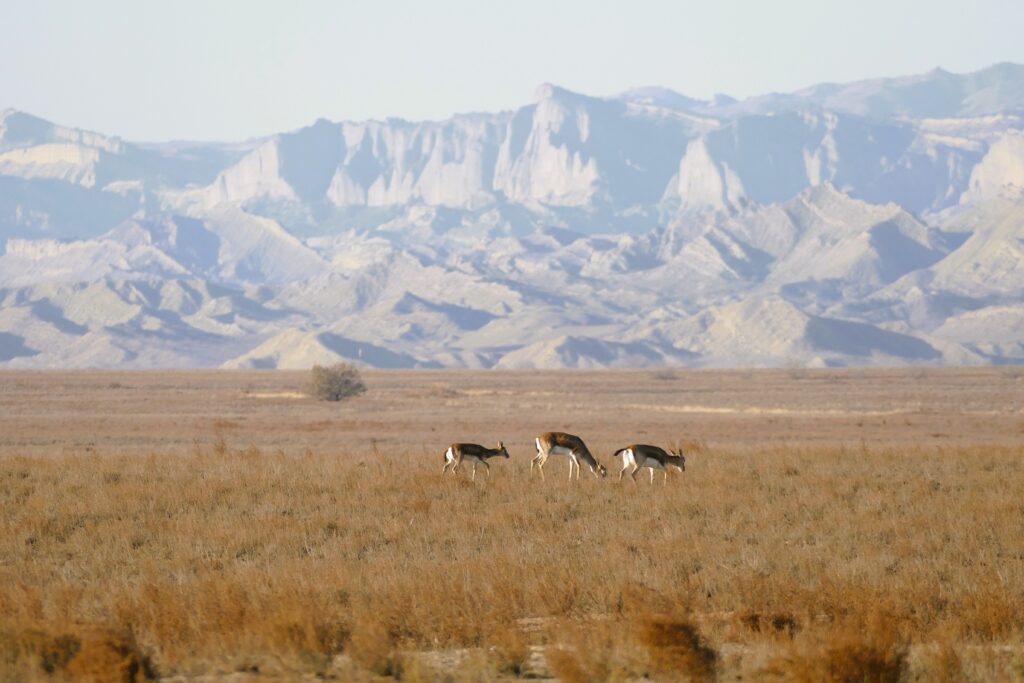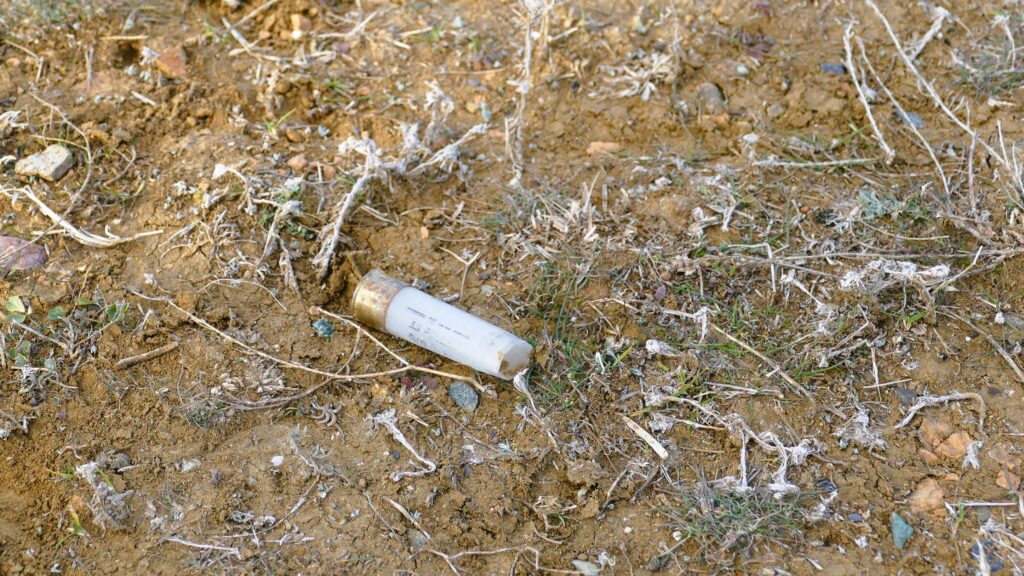Building forward better: pillars of successful nature conservation in Georgia
In our two months in Georgia, we have met many people who work in the field of nature conservation: protected area staff including rangers and visitor centre specialists, environmental NGOs, the government’s Agency of Protected Areas and activists to get an insight into nature conservation in Georgia has developed since the collapse of the Soviet Union and, most importantly, the way forward for the future.
In this article, we want to cover three important pillars in Georgian nature conservation which we have not specifically covered so far: funding with a special focus on the Caucasus Nature Fund, the political agenda to enlarge the protected area network made possible by the Agency of Protected Areas, and the crucial work of rangers.
Building forward better: pillars of successful nature conservation in Georgia Read More »










